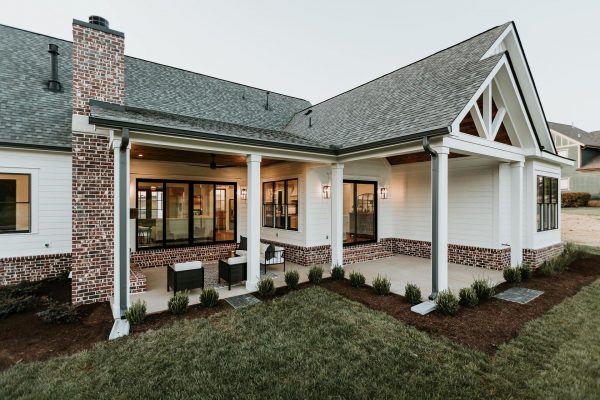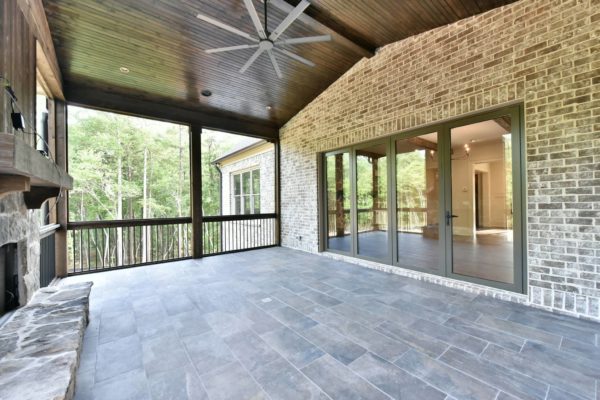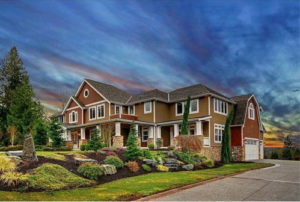Building a home where your family spends most of its time can be a project of a lifetime. Building a second, vacation centered home on the water or in the mountains is an adventure on a whole other level. A vacation home is just that, for a vacation. With that means every facet of the home’s design should be geared to comfort and relaxation. This article will help illustrate some of the best practices when designing your dream vacation home.
Rooms with a view
Whether it’s on the water or in the mountains, the positioning of your vacation home should always be oriented to achieve the maximum view of the natural surroundings. When designing a floor plan, locate the most frequently used rooms toward the back of the home. This includes the kitchen, dining and living rooms. Take advantage of the beautiful scenery by installing as many large windows and glass doors as possible. Not only will this expansive glass optimize your view, but the natural light can reduce electricity bills. Less used rooms like the garage, laundry and bedrooms should be situated toward the front of the home.
The positives of a sloping lot
Due to their remote locations, vacation homes are often set on rougher terrain. This usually means the lot will be located on a hill or mountain. These slopes can work in your favor if planned correctly. By putting the foundation into the slope and building upwards, you’ll have at least two stories that are open to the views and sunlight. A proper retaining wall will be needed to address water drainage from the downward slope.
Make every square foot count
Because it’s a vacation home you’ll want to maximize every inch of space. If you like to entertain, friends and family will probably be visiting and staying overnight. Designing a terraced home with multiple levels will allow you to pack in as many sleeping quarters as possible. Basement bedrooms are also a less expensive way to make room for guests.
Outside is the new inside
Your vacation home will hopefully be located smack dab in the middle of nature’s beauty. To best enjoy the surroundings, try to include as many exterior spaces as possible. Porches, decks and even outside kitchens and fireplaces are great ways to enjoy nature in functional comfort. An abundance of fresh air and sunlight are the keys to relaxation. A true vacation home will take these resources into account and blur the line between the indoors and outdoors.
Designing a vacation home is a perfect opportunity to push the bounds of creating a dwelling that embraces the tranquility of the natural world. A home with expansive views of the surroundings, cozy and ample sleeping quarters, as well as generous outdoor amenities should all be cornerstones of the design. Again, this home should be a place of serenity and outdoor fun. So, design with nature in mind.






